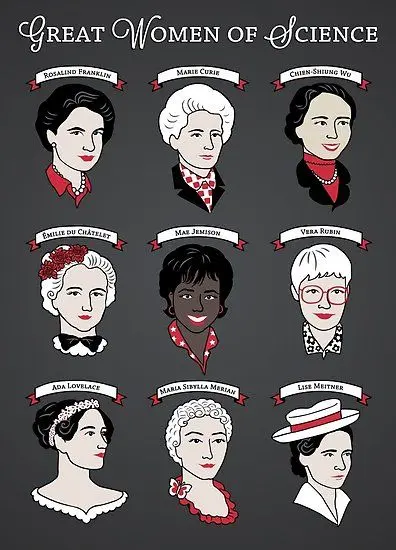Rolul modelului în STEM
Rolul modelului în STEM

Această activitate celebrează femeile influente din STEM, concentrându-se pe realizările lor revoluționare și pe modurile în care au modelat știința și tehnologia.
Participanții folosesc indicii pentru a identifica femei pionier, cum ar fi Marie Curie, prima laureată a Premiului Nobel, și Rosalind Franklin, care a contribuit la descoperirea structurii ADN-ului. Alte indicii evidențiază figuri precum Fei-Fei Li, cunoscută pentru avansarea inteligenței artificiale cu ImageNet, și Jennifer Doudna, co-dezvoltatoare a tehnologiei CRISPR de editare genetică..
Proiectată cu indicii, activitatea implică participanții în descoperirea contribuțiilor unice ale fiecărui model de rol. Această activitate nu doar că învață istoria științifică, ci subliniază și impactul critic al modelelor feminine, stârnind inspirație și interes pentru STEM în rândul participanților.

"Profiluri de modele de rol STEM" Cercetare și Prezentare
Objective: Students will research and present about a female STEM role model to understand their contributions, challenges, and impact on the field. Students can create a classroom “Wall of STEM Role Models,” posting short bios, photos, and inspirational quotes from the women they researched. Encourage them to include not only well-known figures but also local women, to highlight the opportunities and successes present within their own environment.
The wall can serve as a permanent source of inspiration for future classes. This will Encourage students to include profiles of local women to highlight the opportunities and successes present within their own environment.
Instrucțiuni:
- Împarte clasa în grupuri mici.
- Each group will select a prominent female figure in a STEM field (scientist, engineer, mathematician, or technologist) or a local woman working in STEM from their own community (such as a university researcher, entrepreneur, engineer, or medical professional).
- Cercetați background-ul lor, provocările cu care s-au confruntat ca femei în STEM, realizările lor profesionale și modul în care servesc ca modele pentru generațiile viitoare.
- Creează o prezentare (slide-uri, poster sau video) pentru a o împărtăși cu clasa.
- În timpul prezentărilor, fiecare grup ar trebui să discute de asemenea de ce modelele de rol sunt importante pentru reducerea diferenței de gen în STEM.

Întrebări de discuție:
- Cum a inspirat modelul de rol pe alții în STEM?
- Ce provocări au întâmpinat în legătură cu prejudecățile de gen și cum le-au depășit??
- De ce este importantă vizibilitatea pentru tinerele femei interesate de STEM?
- How can recognizing role models within our own communities make STEM careers feel more accessible and achievable?
Extensie: Elevii pot crea un „perete al modelelor de rol STEM” în clasă, postând biografii scurte și citate de la femeile pe care le-au cercetat.
Nu există comentarii pentru acum.
